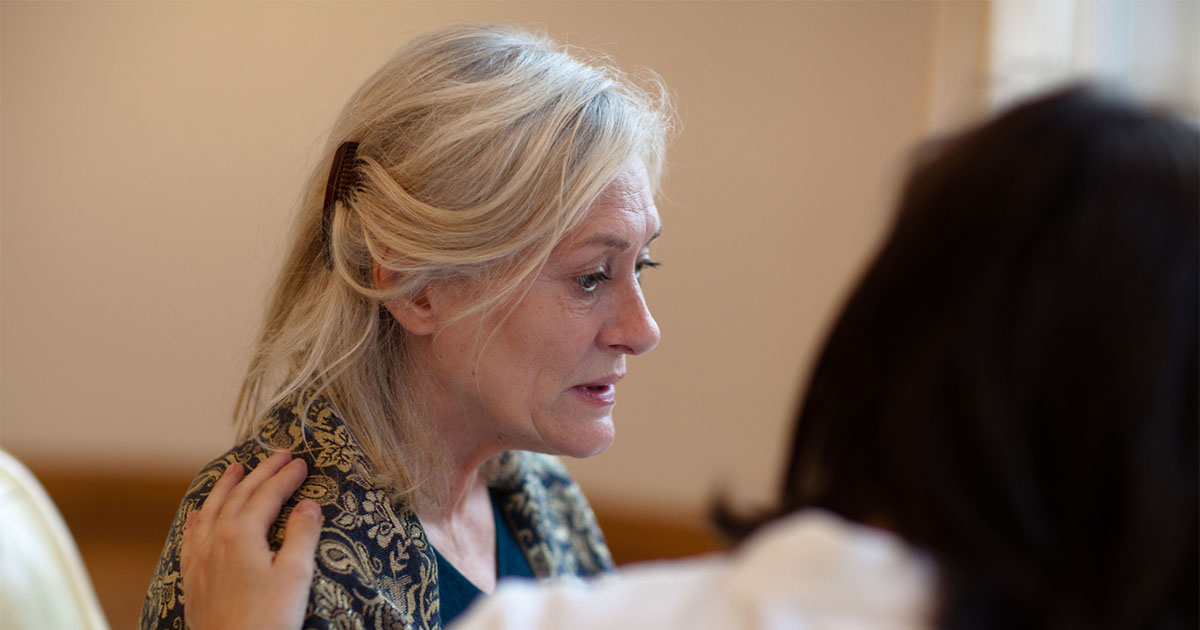It has been well observed during the COVID-19 pandemic that a bidirectional relationship occurs between COVID-19 infection and diabetes. Diabetes confers a poorer prognosis with COVID-19 infection and there is an increased risk of diabetes post-COVID-19 infection.
A joint guideline developed by NICE, SIGN and the Royal College of General Practitioners, published in December 2020, covered the identification, assessment and management of the long-term effects of COVID-19 (NICE et al, 2020).
It was suggested that “post-COVID-19 syndrome” was used to describe signs and symptoms that develop during or after an infection consistent with COVID-19, continue for more than 12 weeks and are not explained by an alternative diagnosis.
No specific recommendation was made for the detection or prevention of diabetes in this guideline.
The current large cohort study explored the risk and burden of diabetes 30 days post-COVID-19 infection in those without pre-existing diabetes (Xie and Al-Aly, 2022). Individuals were followed up for 1 year. The authors found a 40% increased risk of diabetes, with 13.46 excess cases of diabetes per 1000 people. Additionally, an 85% increased risk of being newly prescribed glucose-lowering medication was observed in those individuals with COVID-19 compared to the control group, with an excess of 12.35 cases per 1000 people.
These increased risks were seen across several subgroups, including age, ethnicity, gender, BMI category and deprivation index, as well as baseline diabetes risk. Even those at low baseline diabetes risk demonstrated an increased risk of developing diabetes post-COVID-19 infection. However, those aged >65 years, those of Black ethnic origin, those with BMI >30 kg/m2 and those with comorbidities, including cardiovascular disease, pre-diabetes, hypertension and hyperlipidaemia, exhibited the greatest increased risk of diabetes.
Furthermore, the risk of diabetes followed a pattern of COVID-19 severity; the risk of diabetes was significantly elevated even in those who were not hospitalised with COVID-19, and this risk increased further if the individual was hospitalised or admitted to intensive care. Specifically, the burden of diabetes was 123.48 cases per 1000 people in those who required intensive care, 42.70 cases per 1000 people who were hospitalised and 34.42 cases per 1000 people in the control group.
These results suggest that diabetes should be considered a key component of post-COVID syndrome, and follow-up and management of those with COVID-19 infection should include active surveillance, management and prevention (where appropriate) of diabetes.
This has significant logistical and workload implications for primary care, given the vast numbers of those with COVID-19 infection worldwide. To read the full article, click here.






